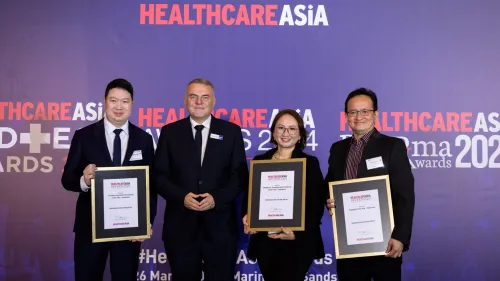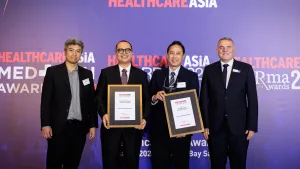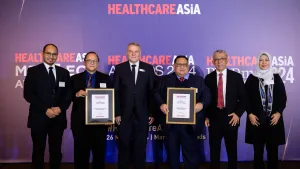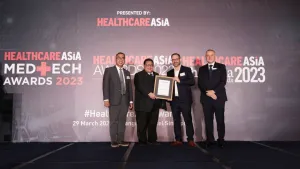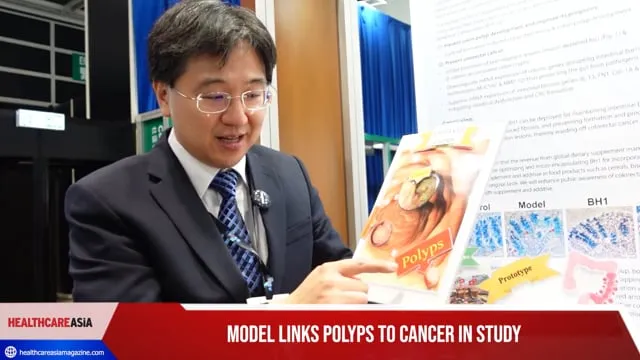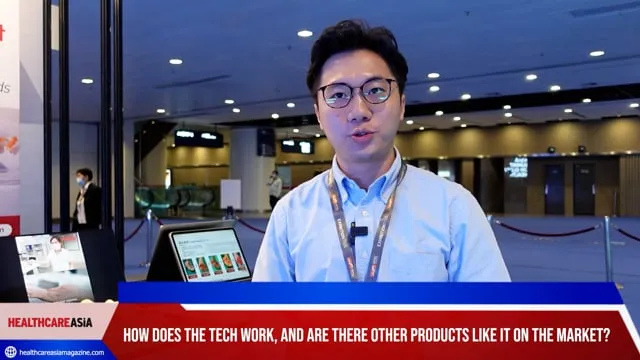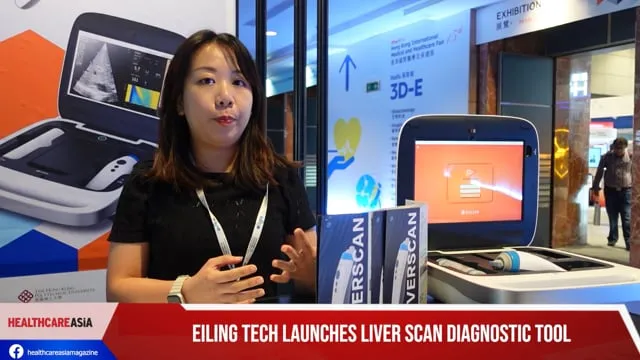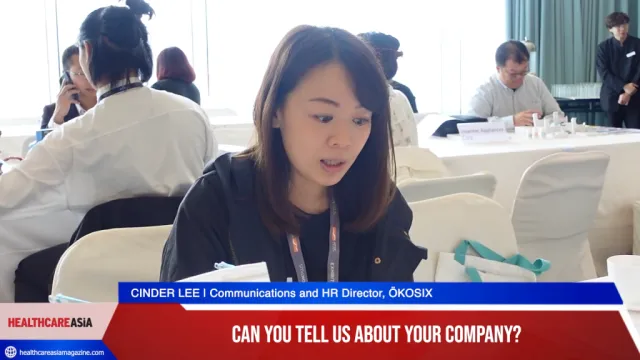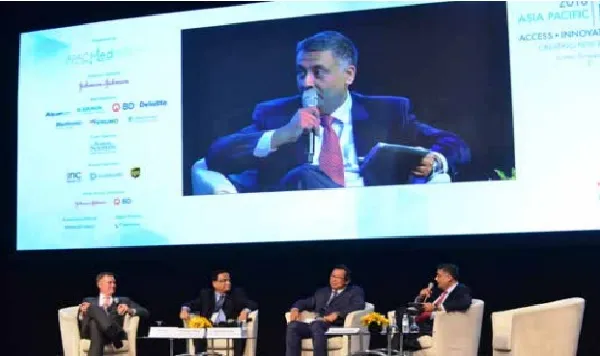
Collaboration is key to the future of medtech
The preeminent gathering of medtech professionals highlighted the importance of cooperation and collaboration amongst industry players.
The Asia Pacific MedTech Forum, the leading gathering of medical technology professionals, government leaders, regulatory experts, healthcare practitioners, and researchers in Asia Pacific, was recently held in Singapore with the theme “Creating New Partnerships in Healthcare.” Hosted by the Asia Pacific Medical Technology Association (APACMed), the two-day conference explored how multi-stakeholder collaboration across the healthcare sector can address challenges in upgrading the region’s regulatory systems, accelerating the pace of medical education, and ensuring patient access to new life-saving and life-changing innovations.
Medical devices and diagnostics allow people to live longer, healthier, and more productive lives. “Over the past 30 years, medical advancements have helped extend life expectancies in both developed and developing countries across the globe. These innovations also yield savings across the healthcare system by replacing more expensive procedures, reducing hospital stays, and allowing people to return to work more quickly,” said Fredrik Nyberg, chief executive officer, APACMed.
Sustainability through cooperation
“Beyond innovation, meaningful and inclusive collaboration is key to creating sustainable partnerships. Although great progress has been made in global health over the last three decades, progress is not uniform.
According to the Lancet Commission on Global Surgery 2030 Report, an overwhelming 5b people across the world lack access to surgery and anaesthesia care,” Nyberg added.
Twenty-six-year-old Yoshitaa Jayabalan, a diabetes patient and in her final year as a medical student in Malaysia, kicked off the Asia Pacific MedTech Forum’s numerous plenary sessions by talking about life with the disease. “Due to the lack of awareness on Type 1 diabetes, I was very much restricted from having a “normal” life as a teenager. I faced judgements and criticism from others who did not know the disease well,” she said. “My aim as a medical student and a future doctor is to bring awareness to this invisible disease as well as to prove to patients with type 1 diabetes that living a normal life is possible with balance.” After Jayabalan, the following led the discussion on Asia Pacific’s role on the global stage: Koji Nakao, corporate adviser and former chairman, Terumo Corporation; Gary Pruden, worldwide chairman of medical devices and executive vice president, Johnson & Johnson; and Anna Braun, president, Asia Pacific, B. Braun Medical Industries.
Diverse gathering
Other plenary and breakout sessions during the forum addressed topics around regulatory harmonisation and convergence, digital and mobile health, medical education, universal healthcare, and a series of patient testimonials. For instance, there was a breakout session entitled, “The Road to Regulatory Harmonisation & Convergence - Progress, Impact, and Next Steps.”
It was moderated by Dr. John Lim, whose credentials include being deputy director of medical services (industry & research matters), Ministry of Health, Singapore; executive director, Centre of Regulatory Excellence, Duke-NUS Graduate Medical School, Singapore; and chairman, Singapore Clinical Research Institute.
This session brought together representatives from regulatory authorities across the region who shared their perspectives on initiatives to promote greater regulatory harmonisation and convergence. The panel gave their assessments of what has been accomplished over the past 20 years by various regional groupings, and also spoke on issues that still need to be addressed and the way ahead to further promote harmonisation and convergence of regional medical device regulatory systems in the next five to ten years. Global insights and case studies were presented in concert with a focus on the needs, solutions, and ongoing work in Asia Pacific.
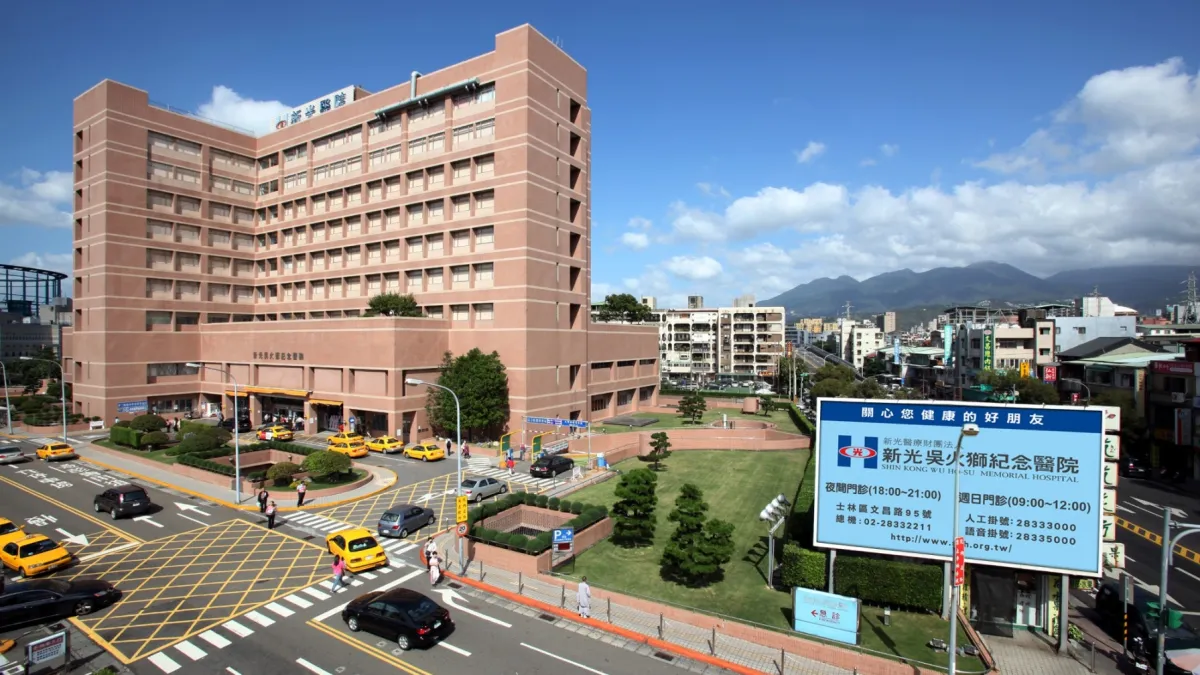

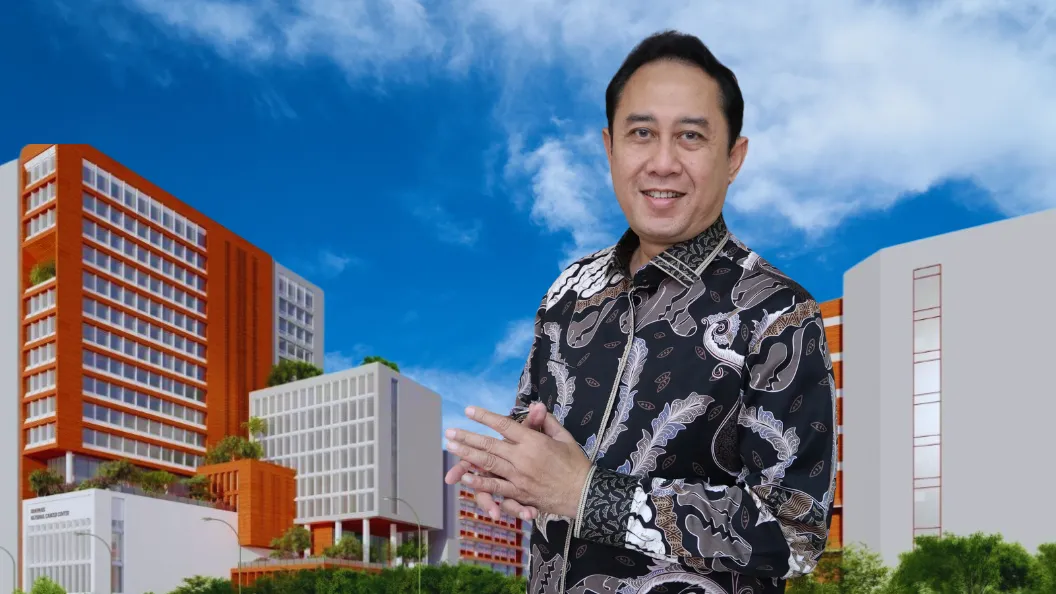
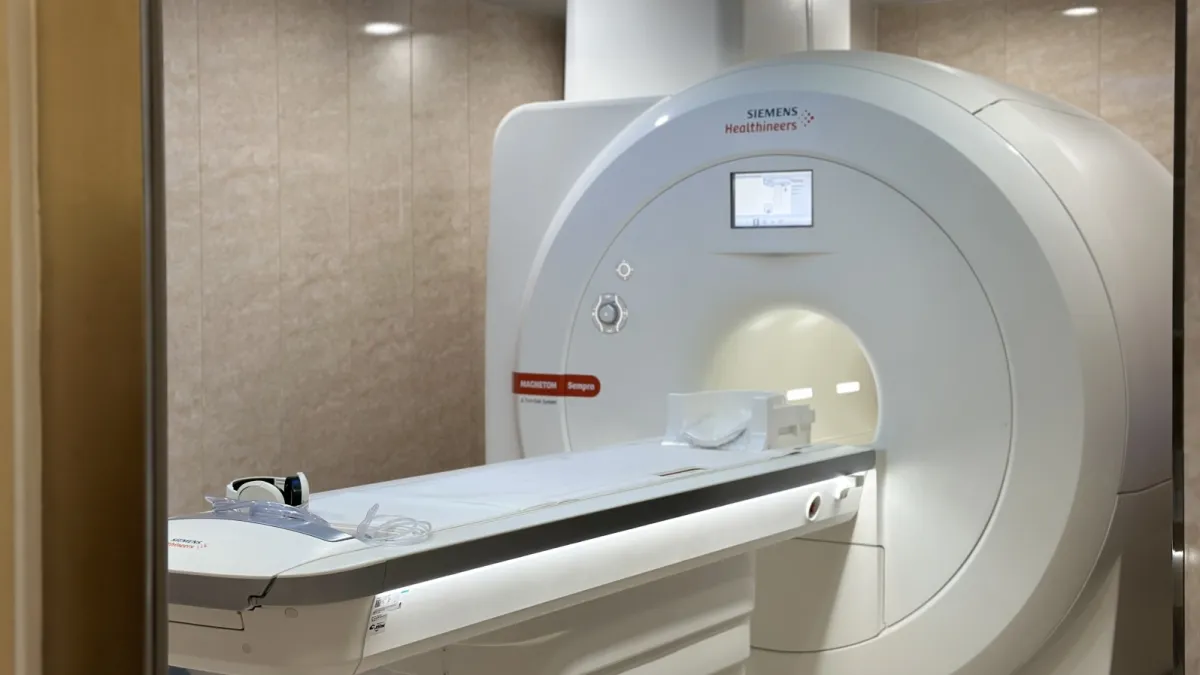



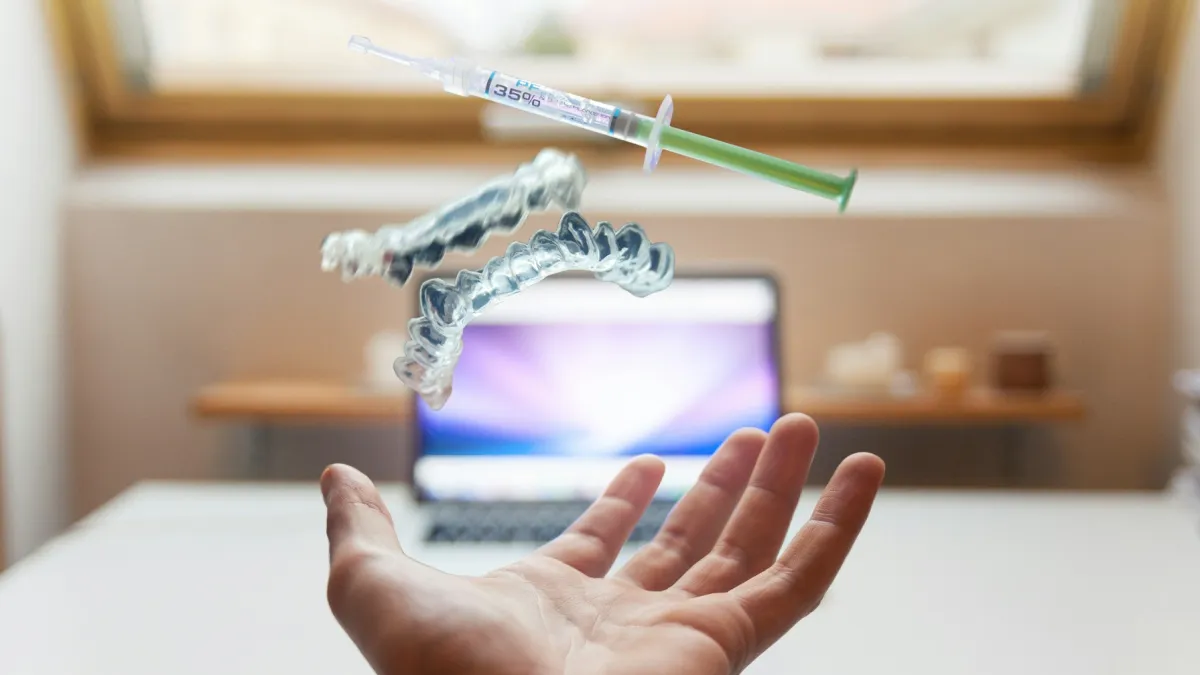
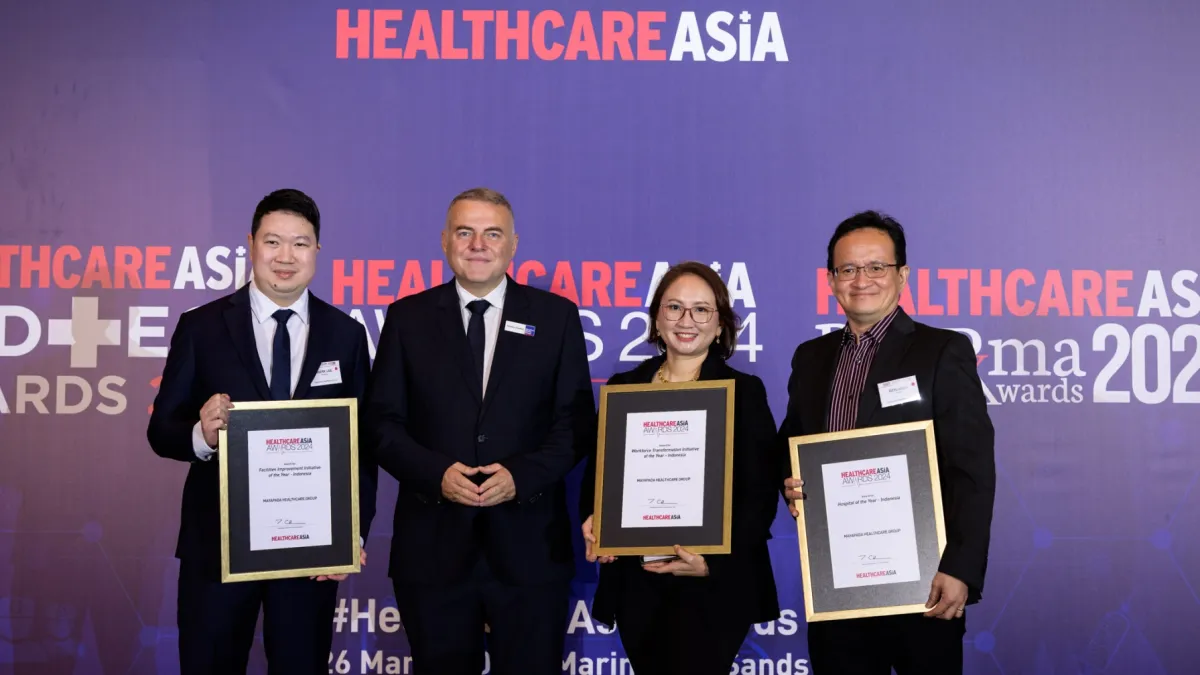
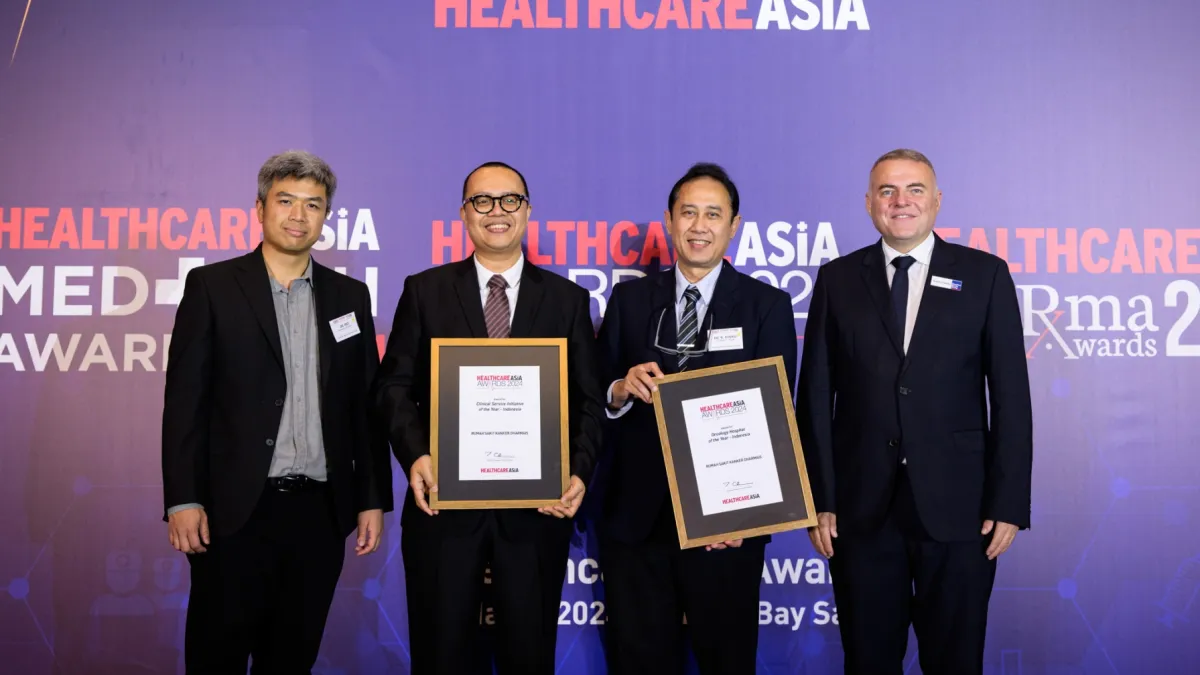
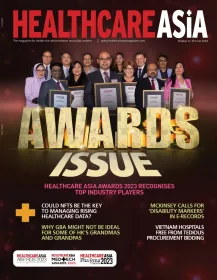
 Advertise
Advertise
